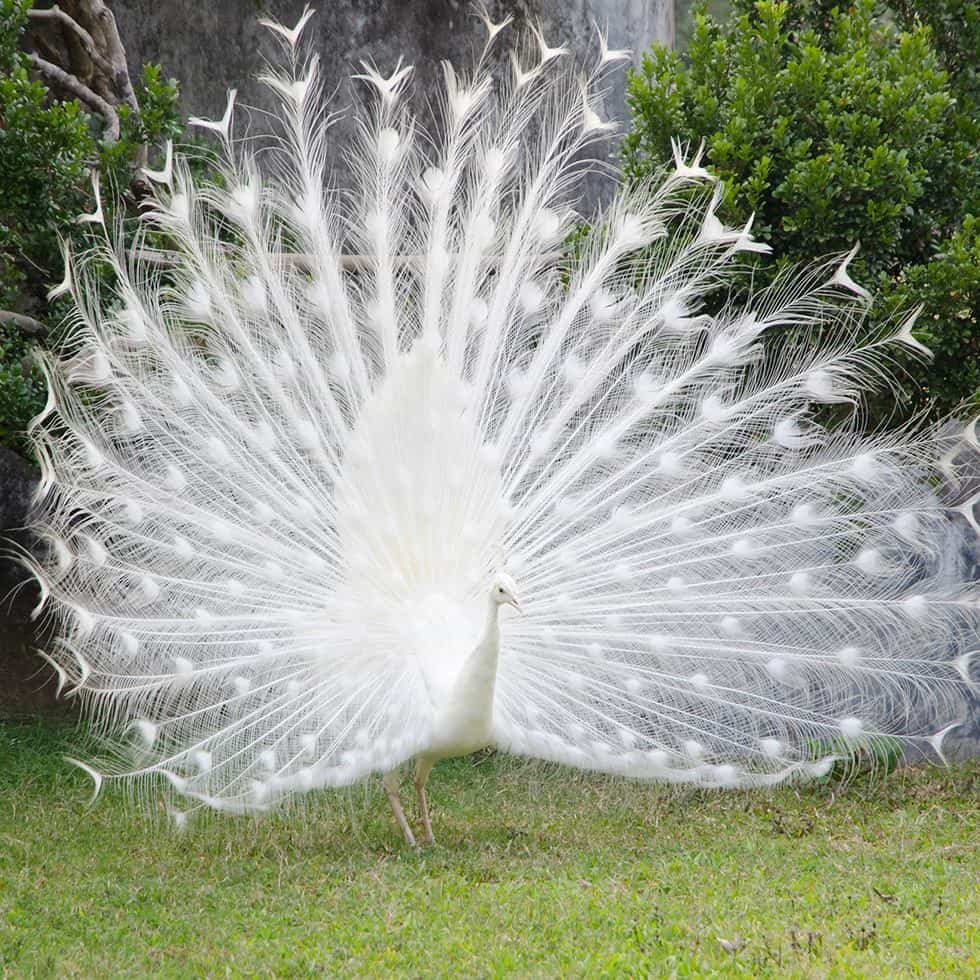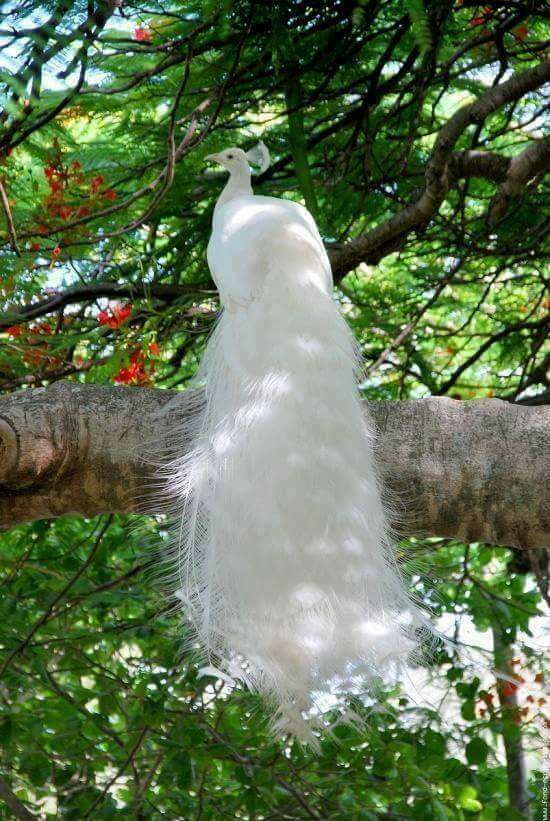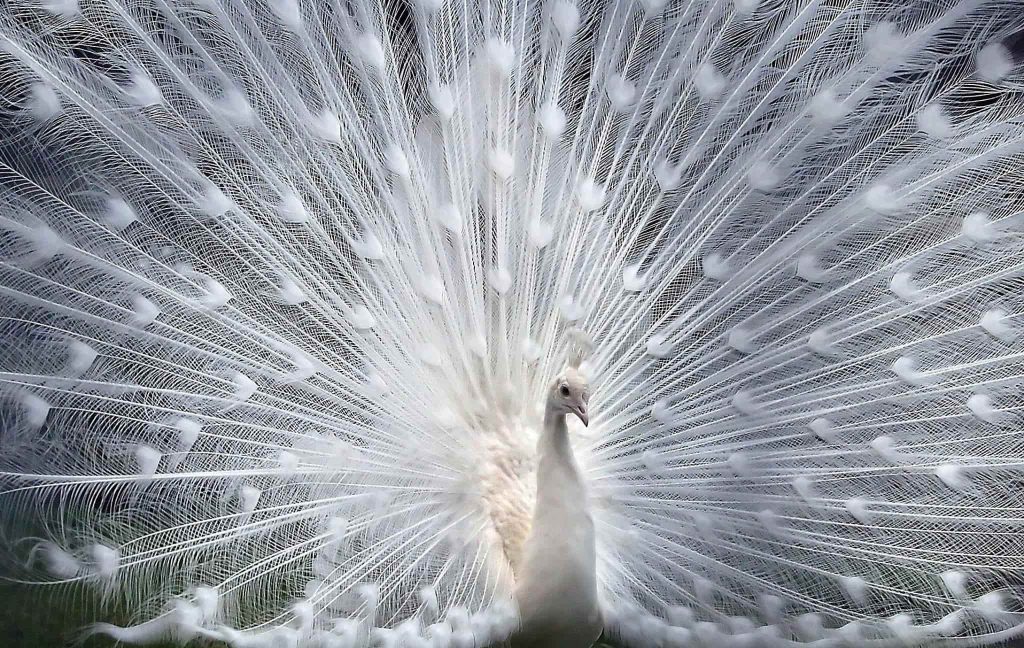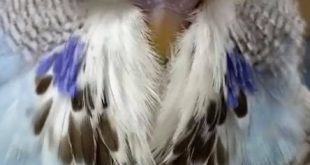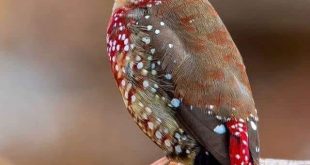A white peacock flying scenes are so cute and very attractive sights. Here we will discuss fist of all about the color. Actually this is a genetic variation of the Indian blue peafowl (Pavo cristatus), which is the most common type of peafowl.
Unlike the male Indian blue peafowl, which has bright blue and green feathers with iridescent hues and a long train of colorful feathers, the white peacock has white or pale cream-colored feathers.
This variation in feather coloration is caused by a genetic condition called leucism, which affects the pigmentation of the feathers but not the eyes or skin.
Where is white peacock found?
White peacock flying sights might be found in a variety of locations, both in the wild and in captivity. In the wild, they are most commonly found in India and Sri Lanka, where their natural habitat is the forest and woodland areas. However, due to habitat loss and hunting, their numbers in the wild are relatively low.
In captivity, white peafowl can be found in zoos, parks, and private collections all over the world. They are often bred for their ornamental value and are particularly popular in Europe and North America. Some people also keep white peafowl as pets, although they require a lot of space and care.
It’s worth noting that while white peafowl are rare, they are not a separate species of peafowl. They are a genetic variation of the Indian blue peafowl (Pavo cristatus), which is the most common type of peafowl.
White peafowl habitat
As we mentioned above that they are native to the Indian subcontinent and have been introduced in many other parts of the world, including North America, Europe, and Australia.
In their natural range, they are found in a variety of habitats, including open forests, scrublands, and grasslands. They are also often found near agricultural fields and human settlements, as they feed on crops and insects.
In captivity, white peafowl require a spacious and secure enclosure that provides them with shelter, food, water, and protection from predators and the elements.
They are relatively hardy birds and can adapt to a variety of conditions, but they require adequate space to roam and exercise, as well as appropriate food and care.
They are also relatively noisy birds, so it’s important to consider the potential noise level when selecting a habitat for them.
What is White peafowl female role?
White peafowl females are called peahens. They have a more subdued appearance than the males and lack the long, ornate tail feathers that the males are known for.
Peahens have a brownish-gray plumage with a small crest on their head and white spots on their feathers. They are generally smaller than males and have a shorter neck and smaller head.
Peahens play an important role in the breeding and social behavior of peafowl. During mating season, the males perform elaborate courtship displays, including spreading their tail feathers to form a fan-like shape and making loud vocalizations.
The females observe these displays and select the males with the most impressive displays to mate with. Peahens typically lay their eggs in a simple nest on the ground, and both males and females may take turns incubating the eggs. Once the chicks hatch, the females are responsible for caring for and raising them.
How you can identify White peacock baby?
Baby white peafowl are called peachicks. They are born with a brownish-yellow down that provides insulation and camouflage in their natural environment.
As they grow, their down is gradually replaced by juvenile feathers, and they begin to develop the distinctive patterns and colors of adult peafowl.
Peachicks require a lot of care and attention during the first few weeks of life, as they are vulnerable to predators and require specialized feed and care. They should be kept in a warm, dry environment with access to clean water and a nutritious feed that is appropriate for their age and development.
Peachicks also require socialization and interaction with other peafowl to develop normal social behavior and to learn from adult birds.
It’s important to note that white peafowl, like all peafowl, are large and long-lived birds that require a significant commitment of time, resources, and space to care for properly.
As such, it’s important to carefully consider the responsibilities of owning and raising peachicks before acquiring them.
Can white Peacock fly?
Yes, peacocks can fly, but only for short distances and typically to escape danger or reach a high perch. Male peacocks, known for their impressive colorful plumage, are actually quite heavy due to their large feathers and may struggle to take off from the ground.
White Peacock Video
They often use their powerful leg muscles to jump into the air and then use their wings to glide for short distances. Female peafowl, which have less extravagant feathers, are lighter and more agile in flight. However, both male and female peafowl are primarily ground-dwelling birds and spend most of their time walking or running.
Is it rare to see a white peacock?
White peacocks are relatively rare, but they do occur naturally in the wild. They are not a separate species of peacock, but rather a genetic variation of the Indian blue peafowl (the most common type of peafowl).
White peafowl have a genetic condition called leucism, which causes their feathers to be white or pale cream in color. Unlike albinism, which causes a complete lack of pigment, leucism only affects the coloration of the feathers and not the eyes or skin.
White peacocks are often kept in captivity for their ornamental value, and they can be found in zoos, parks, and private collections around the world. However, they are still relatively rare and considered a special sight to see.
What does it mean if you see a white peacock?
In many cultures, peacocks (both the blue and white varieties) are considered symbols of beauty, elegance, and royalty. Seeing a white peacock in particular may be seen as a sign of purity, innocence, and spiritual enlightenment.
In some spiritual traditions, a white peacock is seen as a messenger of the divine, representing the qualities of grace, light, and transcendence. It may also be interpreted as a symbol of renewal, hope, and new beginnings.
However, the significance of seeing a white peacock can also vary depending on the context and the individual’s beliefs and cultural background. Ultimately, the meaning of such a sighting is open to interpretation and may hold different meanings for different people.
How much is a white peacock worth?
The price of a white peacock can vary widely depending on several factors such as its age, gender, genetic quality, health, and location.
In general, white peafowl tend to be more expensive than their blue counterparts due to their rarity and ornamental value.
In the United States, the price of a white peacock can range from a few hundred to several thousand dollars. However, it’s worth noting that owning a peafowl requires a lot of space and care, as they are relatively large birds and can be quite noisy.
Additionally, some states and localities have regulations regarding the ownership of peafowl, so it’s important to check the laws in your area before acquiring one.
It’s also worth noting that purchasing a white peacock from an unscrupulous source can contribute to the illegal wildlife trade, which is a major threat to peafowl and other wildlife species around the world.
It’s important to obtain peafowl from reputable breeders or legal sources to ensure their welfare and protect the conservation of the species.
What is the difference between peafowl and peacock?
Peafowl is the general name for the bird species belonging to the genus Pavo, which includes three species: Indian peafowl (Pavo cristatus), Green peafowl (Pavo muticus), and Congo peafowl (Afropavo congensis).
A peacock, on the other hand, is a male peafowl, specifically the male Indian peafowl. It is characterized by its colorful and iridescent feathers, which are used to attract females during courtship displays.
The male Indian peafowl has a bright blue and green head, neck, and breast, with a long train of feathers that are iridescent green and blue with metallic hues. The tail feathers of the male Indian peafowl are adorned with large “eye” spots, which are used in courtship displays to attract females.
The female peafowl is called a peahen, and she has much less showy plumage than the male. Her feathers are typically brown and gray with white a spot, which provides her with camouflage to protect her from predators while she incubates her eggs.
So, the main difference between peafowl and peacock is that peafowl is a general term that includes both male and female birds of the species, whereas peacock specifically refers to the male Indian peafowl.
How many popular white peacock names?
There are no set or standardized names for white peacocks, but people may give them a variety of names based on their characteristics, personality, or behavior. Here are some examples of popular names for white peacocks:
- Snowball
- Blizzard
- Ghost
- Ice
- Casper
- Ivory
- Marshmallow
- Pearl
- Frosty
- Vanilla
Of course, these are just a few examples, and there are many other names that people may give to their white peafowl depending on their personal preferences and the bird’s individual characteristics.
White peacock for sale near me
There are many online sources where you may be able to find white peafowl for sale near me, such as bird breeding directories, online classified ads, or bird sale websites.
It’s important to ensure that any white peafowl you purchase are obtained from reputable and legal sources and that you are familiar with any state or local laws regarding the ownership of peafowl.
Additionally, owning a white peafowl requires a lot of space, specialized care, and commitment, so it’s important to do your research and make sure you are prepared for the responsibility before acquiring one.
Is white peafowl can easily breed?
Breeding white peafowl is similar to breeding other types of peafowl. Here are some general guidelines to keep in mind when breeding white peafowl:
Age: Peafowl reach sexual maturity at around 2-3 years of age, so it’s important to wait until they are mature before attempting to breed them.
Pairing: Peafowl are typically monogamous and form pairs during breeding season. For breeding white peafowl, you should pair a white peacock with a white peahen or a peahen of a compatible color.
Enclosure: White peafowl require a spacious and secure enclosure that provides them with shelter, food, water, and protection from predators and the elements. During breeding season, the enclosure should have nesting boxes or other suitable areas where the peahen can lay her eggs.
Diet: Proper nutrition is important for breeding peafowl. A high-quality feed that is appropriate for their age and stage of development is recommended, along with access to fresh water and suitable supplements as needed.
Incubation: Peahens typically lay their eggs in a simple nest on the ground, and both males and females may take turns incubating the eggs. If you are incubating the eggs artificially, you should follow the appropriate incubation and hatching protocols and monitor the eggs closely to ensure successful hatching.
Chicks: Peachicks require a lot of care and attention during the first few weeks of life, as they are vulnerable to predators and require specialized feed and care. It’s important to keep them in a warm, dry environment with access to clean water and a nutritious feed that is appropriate for their age and development.
Breeding white peafowl requires knowledge, experience, and resources, and it’s important to ensure that any breeding is done responsibly and with the welfare of the birds as the top priority.
